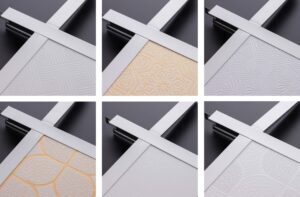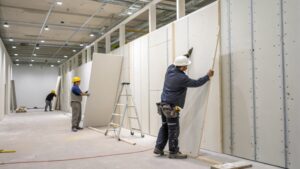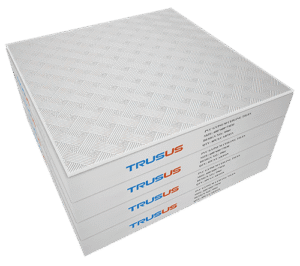Many people think gypsum board breaks down quickly. In fact, when used correctly, it can last as long as the building itself. Let’s uncover the truth.
High-quality gypsum board can last 30–50 years in normal dry indoor use. Its lifespan depends on environment, installation quality, and maintenance. In ideal conditions, it matches the building's life.
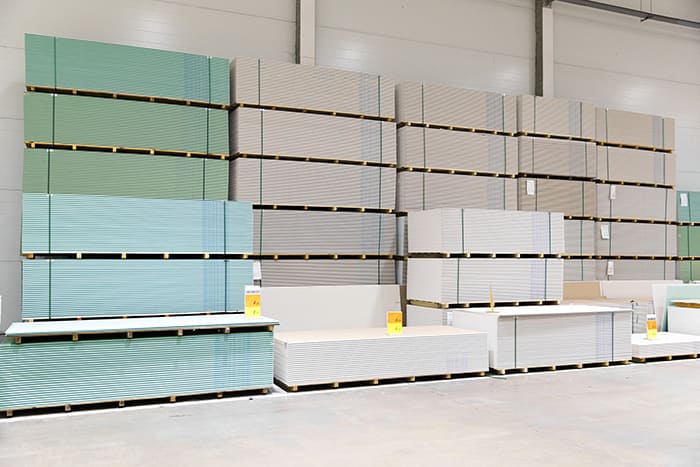
If you’ve ever wondered whether gypsum board is durable, you’re not alone. I've received this question countless times from clients. Some are worried it will crumble in a few years. In reality, under proper conditions, it is surprisingly long-lasting. The key is correct installation, avoiding moisture exposure, and proper upkeep. But like any material, it works best in the right place, used for the right purpose.
Is gypsum board long lasting?
Many assume gypsum board is fragile and temporary. This is not always true. Its durability can easily surprise you.
Yes, gypsum board is long lasting in dry and well-ventilated interiors. It can perform for decades without losing its integrity if properly installed and maintained.
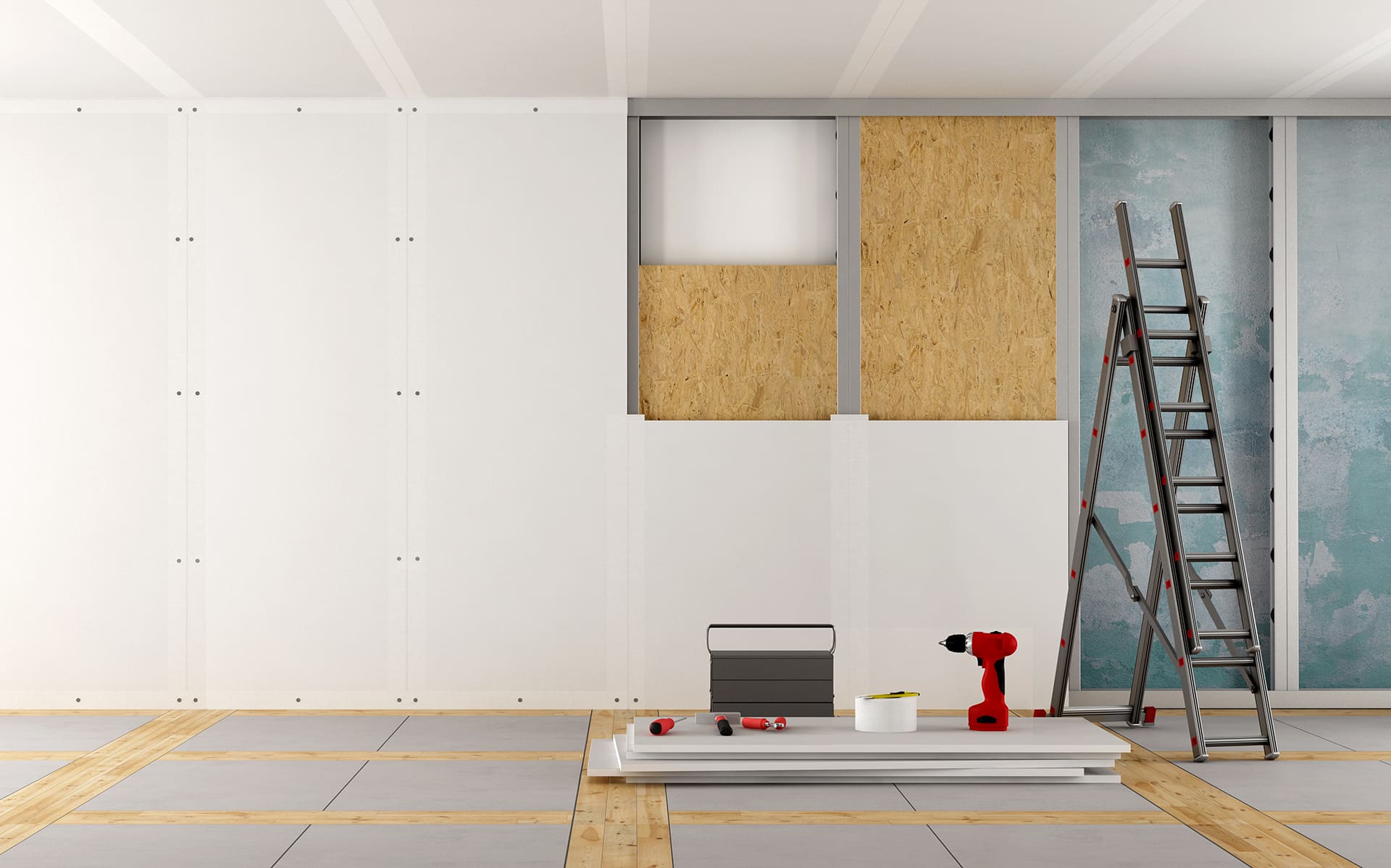
Gypsum board remains stable for decades when it’s kept dry. The core material stays firm, and the paper surface remains intact in controlled humidity. I once saw gypsum panels installed in a hotel lobby that had remained flawless for over 35 years. The area was air-conditioned, walls were sealed, and maintenance crews kept it clean. In comparison, boards in damp or leaky areas degraded much faster.
Here is how main factors influence lifespan:
| Factor | Positive Impact | Negative Impact |
|---|---|---|
| Moisture Levels | Dry indoor air keeps board intact | High humidity causes softening/mold |
| Installation Quality | Proper sealing prevents damage | Poor joints allow moisture infiltration |
| Maintenance | Regular checks catch small issues | Neglect allows damage to grow |
| Usage Location | Low-stress, decorative walls last | High-impact areas chip or crack faster |
From my own work, I always insist clients think “dry first” when planning gypsum board use. Choosing moisture-resistant or high-strength board versions is a wise investment for areas prone to stress.
How long does gypsum last?
Some people want an exact number of years. In reality, the answer is not fixed. But we can work within typical ranges.
Standard gypsum board can last 30–50 years indoors. Moisture-resistant and reinforced types may last longer in challenging conditions.
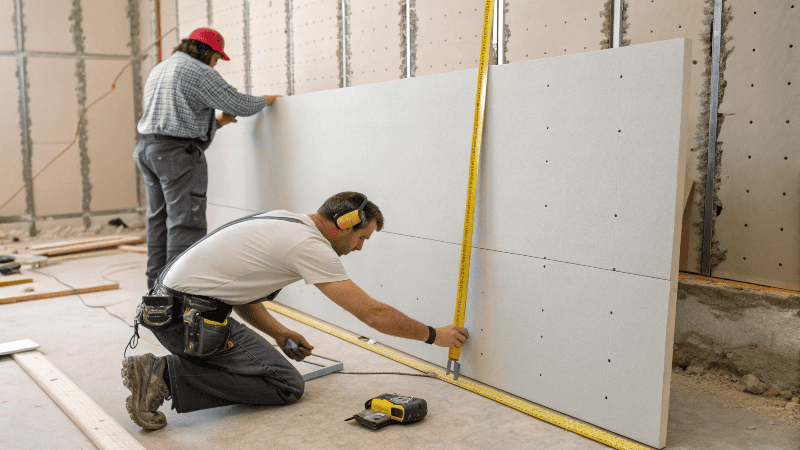
In projects I’ve handled, boards in dry offices often last the full lifespan of the building. In kitchens and bathrooms with poor ventilation, I have seen boards fail in less than 10 years. The difference is not the board itself, but the environment and care. Moisture slowly weakens the gypsum core, and mold can eat into the paper facing. Newer technology has extended service life—including fiberglass-faced gypsum boards and other reinforced designs—which resist water, mold, and even more impact. If used in a controlled space, these types can last far beyond the 50-year mark.
Here’s how different types compare in durability:
| Type of Gypsum Board | Expected Lifespan* | Best Use Environments |
|---|---|---|
| Standard Board | 30–50 years | Dry, low-humidity interiors |
| Moisture-Resistant (Green) | 20–30 years in humid areas | Kitchens, bathrooms with good ventilation |
| Fiberglass-Faced | 40–60 years | High-moisture or semi-outdoor spaces |
| High-Strength Board | 30–50 years | Commercial interiors, impact-prone zones |
*Assuming proper installation and routine checks.
What are the disadvantages of gypsum board?
With all the positives, gypsum board is still not perfect. Every material has trade-offs.
Gypsum board is moisture-sensitive, has limited load-bearing capacity, and can be damaged easily by strong impact or poor handling.

The biggest weakness is water. In high humidity, board edges swell, the core softens, and mold can appear. I still remember visiting a client in southern China whose bathroom-adjacent wall turned dark and musty. The root cause was poor waterproofing combined with bad ventilation. A second disadvantage is weight bearing—it cannot hold very heavy objects without anchors or reinforcement. The surface, though attractive, is also prone to denting from sharp or heavy items. This limits its use where walls face intense daily wear.
Here is a breakdown:
| Disadvantage | Why It Matters | How to Reduce the Risk |
|---|---|---|
| Moisture Sensitivity | Weakens and molds over time | Use moisture-resistant board, improve ventilation |
| Low Load-Bearing | Cannot hold heavy fixtures easily | Add studs or metal frames for support |
| Impact Vulnerability | Chips and dents from strong hits | Use high-strength board in busy areas |
| Requires Skilled Installation | Poor taping can cause cracks | Hire experienced installers |
Still, for most interior dry-wall applications, these drawbacks are easy to work around when planned ahead.
Conclusion
Gypsum board can last decades and is a cost-effective, beautiful choice—if kept dry, installed well, and placed in the right space.

